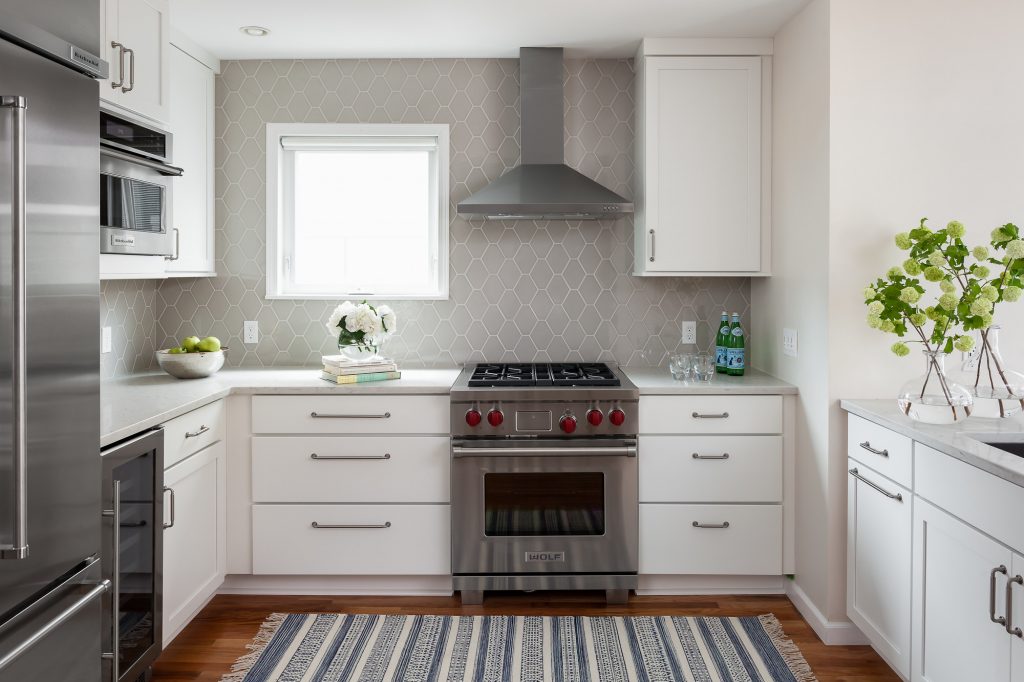The Wrong Outlets in the Kitchen or Bathroom in Bristol

A common misconception is that the outlets in the kitchen and bathroom are not important. This is due to a lack of understanding of how they impact safety and performance.
The Wrong Outlets in the Kitchen and Bathroom
The outlets in these rooms are as vital as any other room in your home. Install them correctly, otherwise they can pose a risk to personal safety. If you have been faced with problems installing these outlets yourself, it’s best to call an electrician to do this work for you.
How to Replace the Outlets Outside Your Home?
Outdoor outlets have become a key feature of the modern home. However, they can be quite dangerous if you’re not careful when installing them. Here are some helpful tips to guide you on how to replace your outside switches.
It is also important that you understand the law and regulations in your area before making any changes to your home. This will help ease your mind and make sure to do everything correctly!
This particular article will provide you with tips on how to install outdoor switches, the materials you need, how the process starts, and legalities involved in the installation process.
The first step for the installation process is to choose a location for the switch. The choice of location varies because each project will be different. However, each location should have a sturdy ground and should not be too close to power lines or water sources.
This guide will discuss three different locations that could possibly work as good options:
1) on top of a deck
2) in front of an exterior door
3) in the garage.
Outdoor Switches from Bottom of Garden to Top of House – A Comprehensive Guide
The outdoor switch location could be anywhere in the garden. An outdoor switch is a device that helps in switching on and off the lights and electronics from outdoors, even if the connection from your house is not working.
We provide a step-by-step guide to help you find the best way to place outdoor switches in your garden.
Place switches as close as possible to where electricity enters through an outside wall for best effect.
Place switches inside or outside electrical distribution points such as recessed areas, windows, skylights and air conditioning ducts.
All switches should have a clear line of sight to detect when they are turned off or on, so they do not turn back on when there’s no one home.
